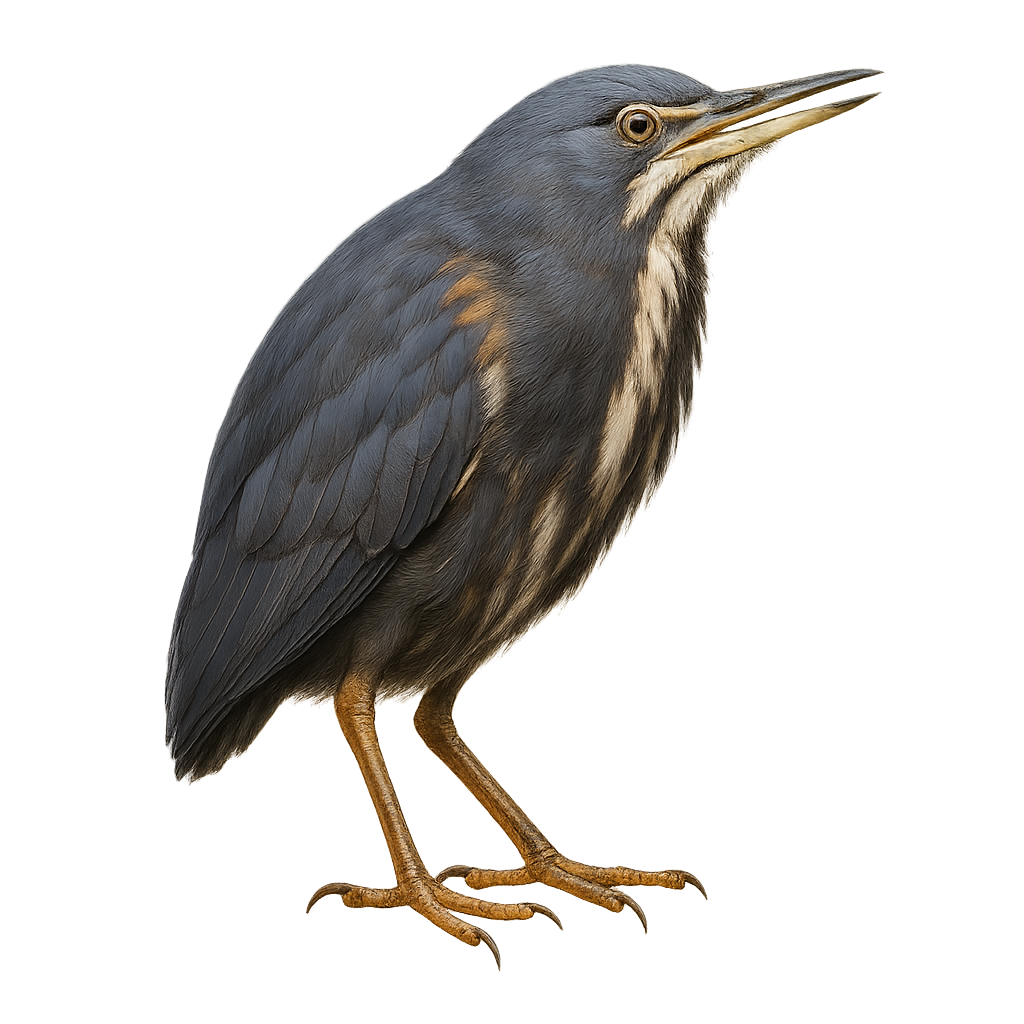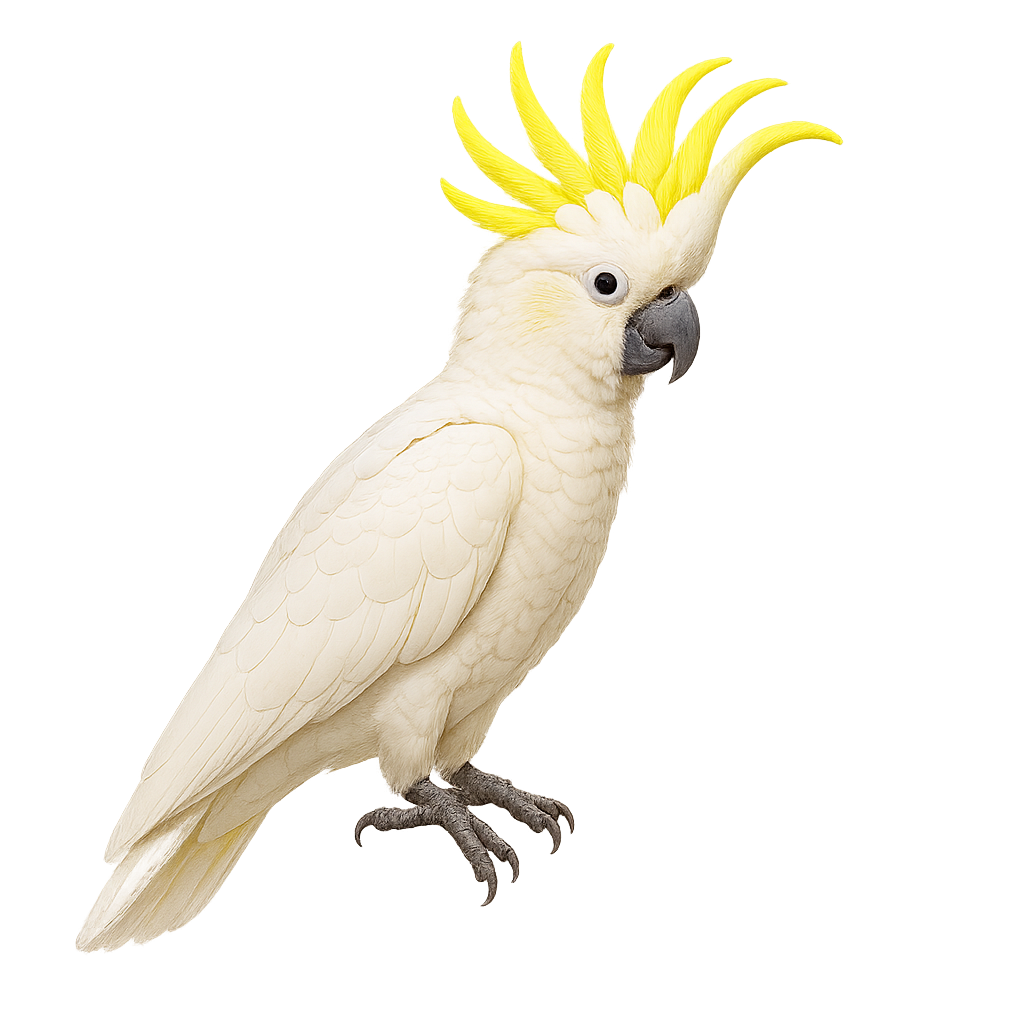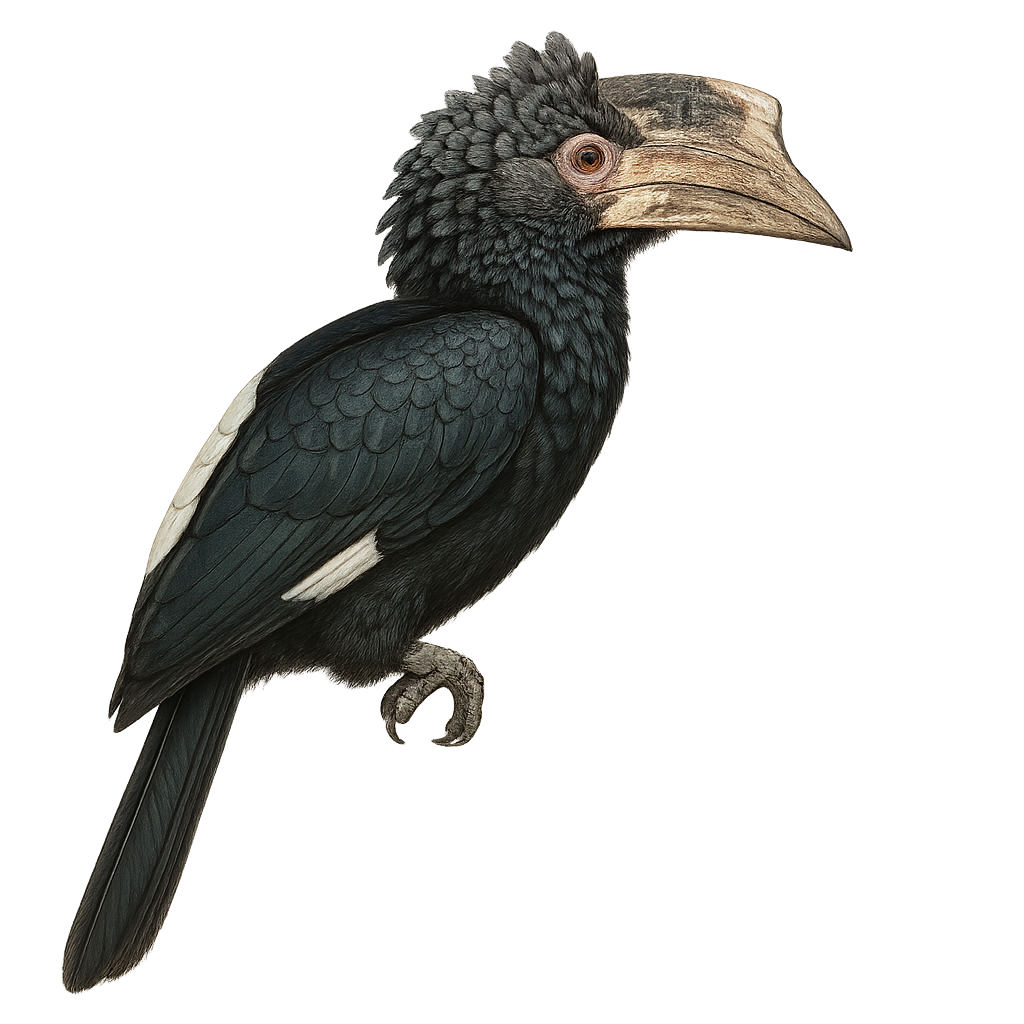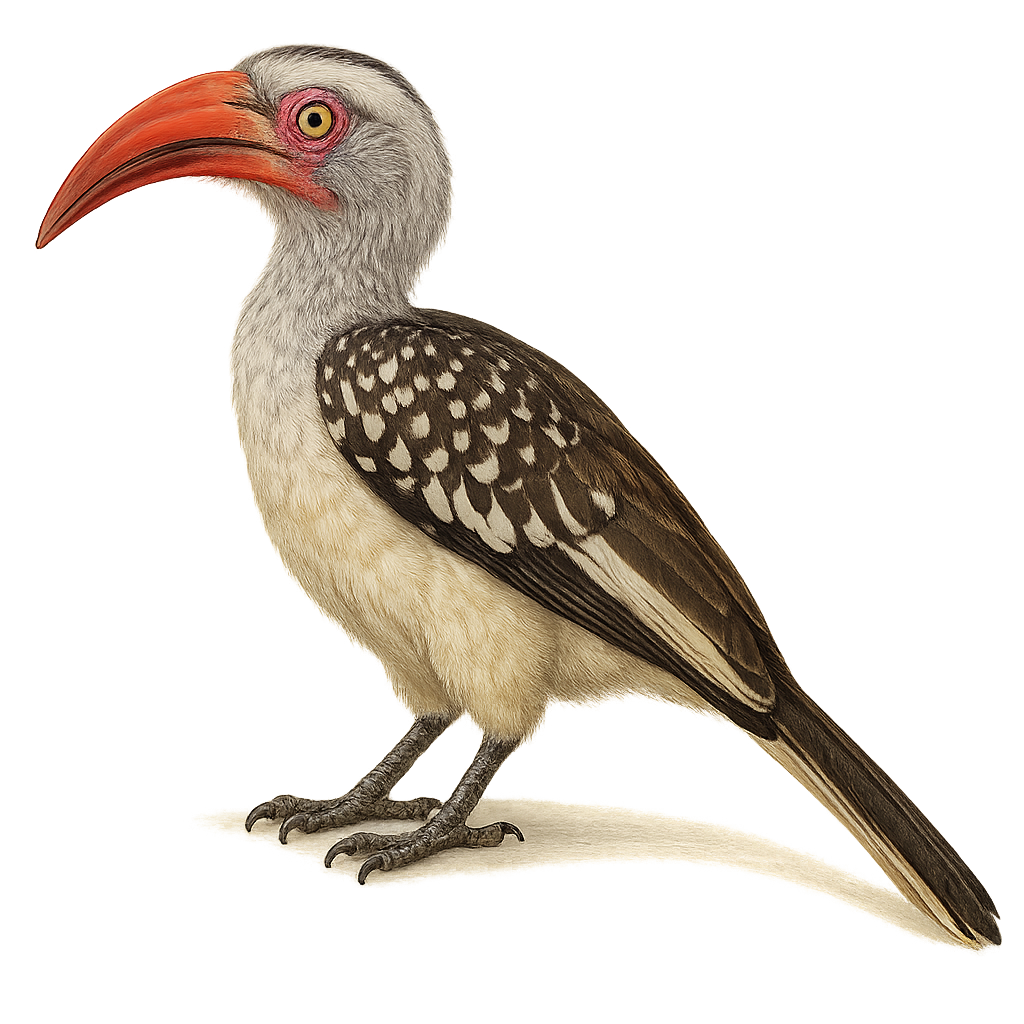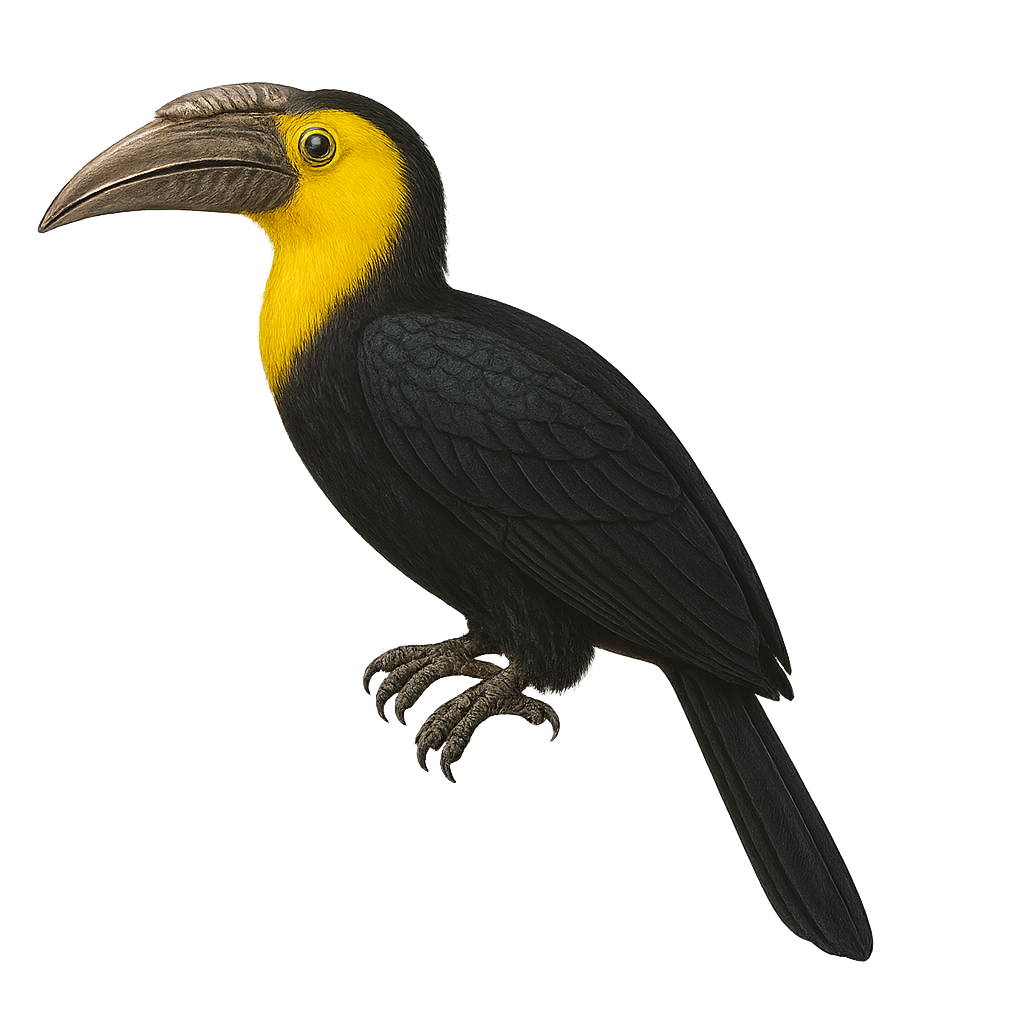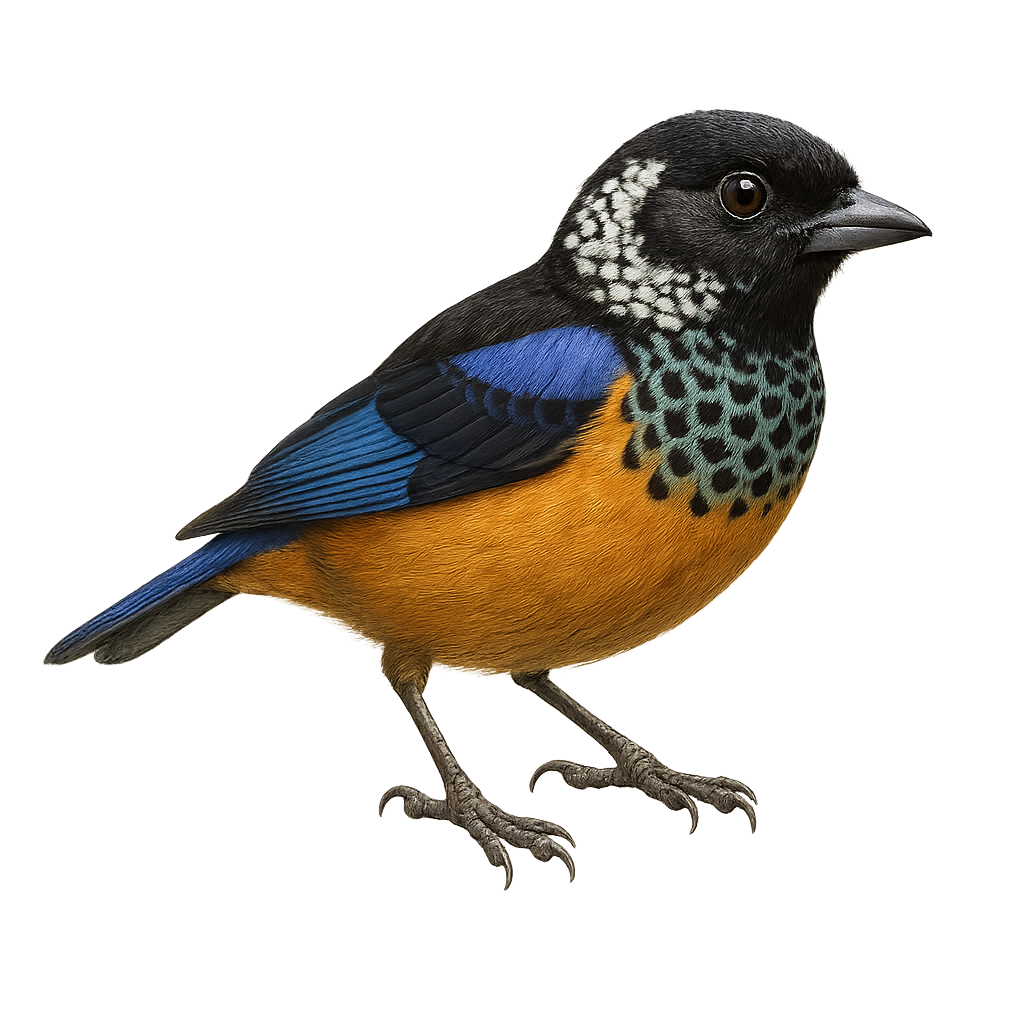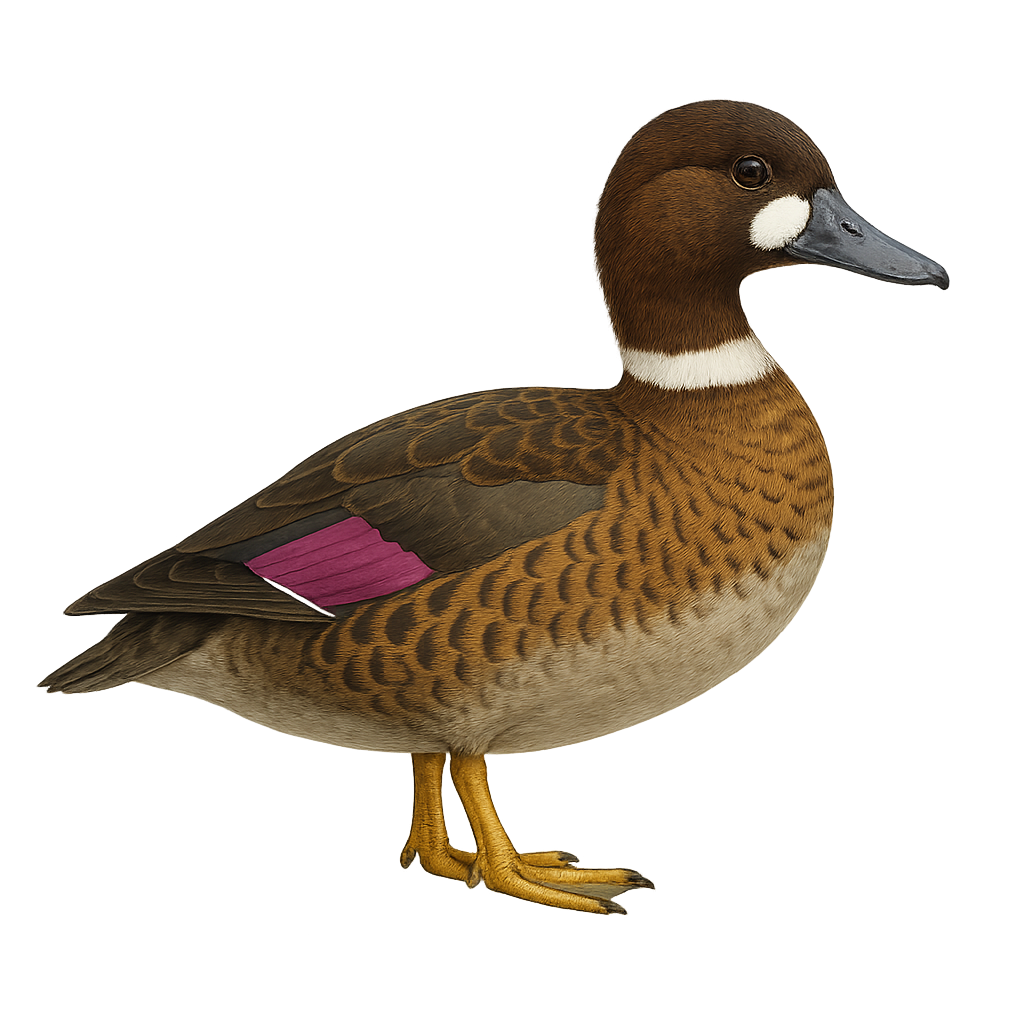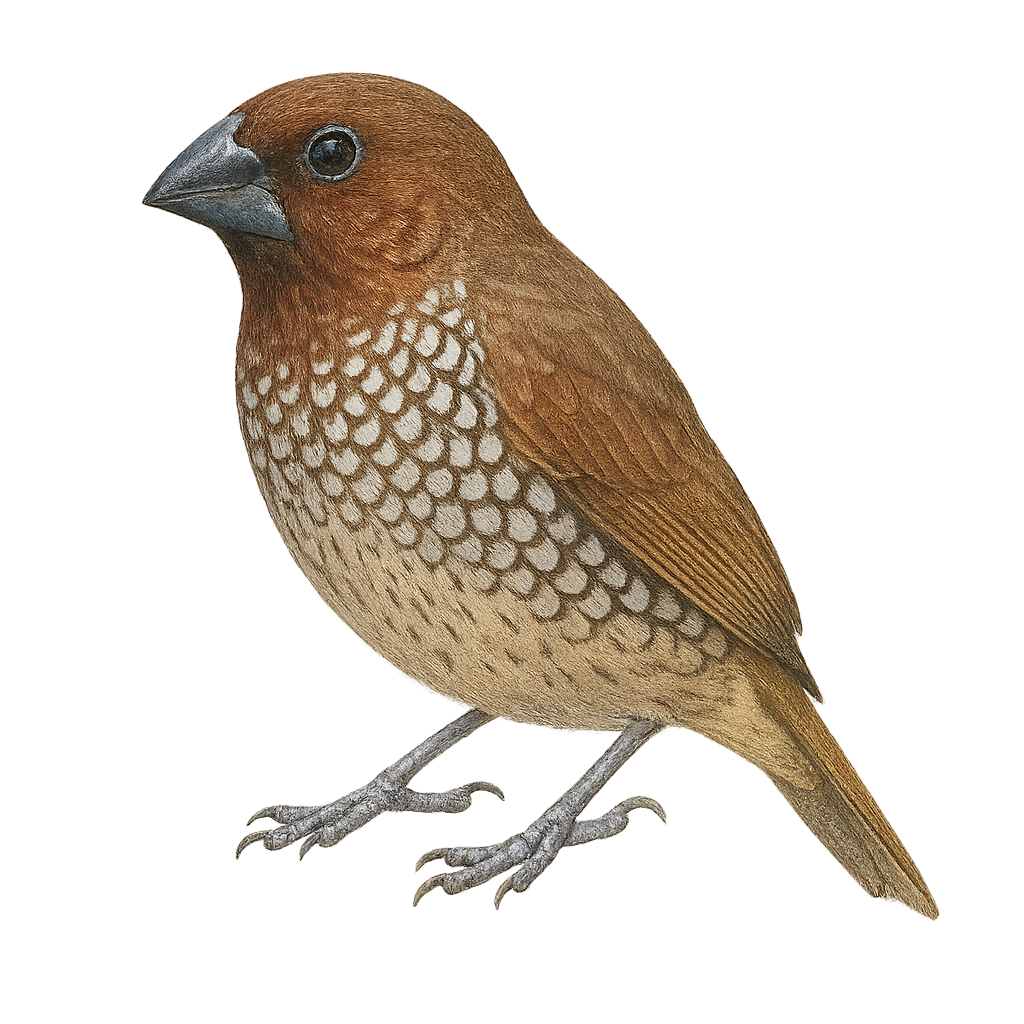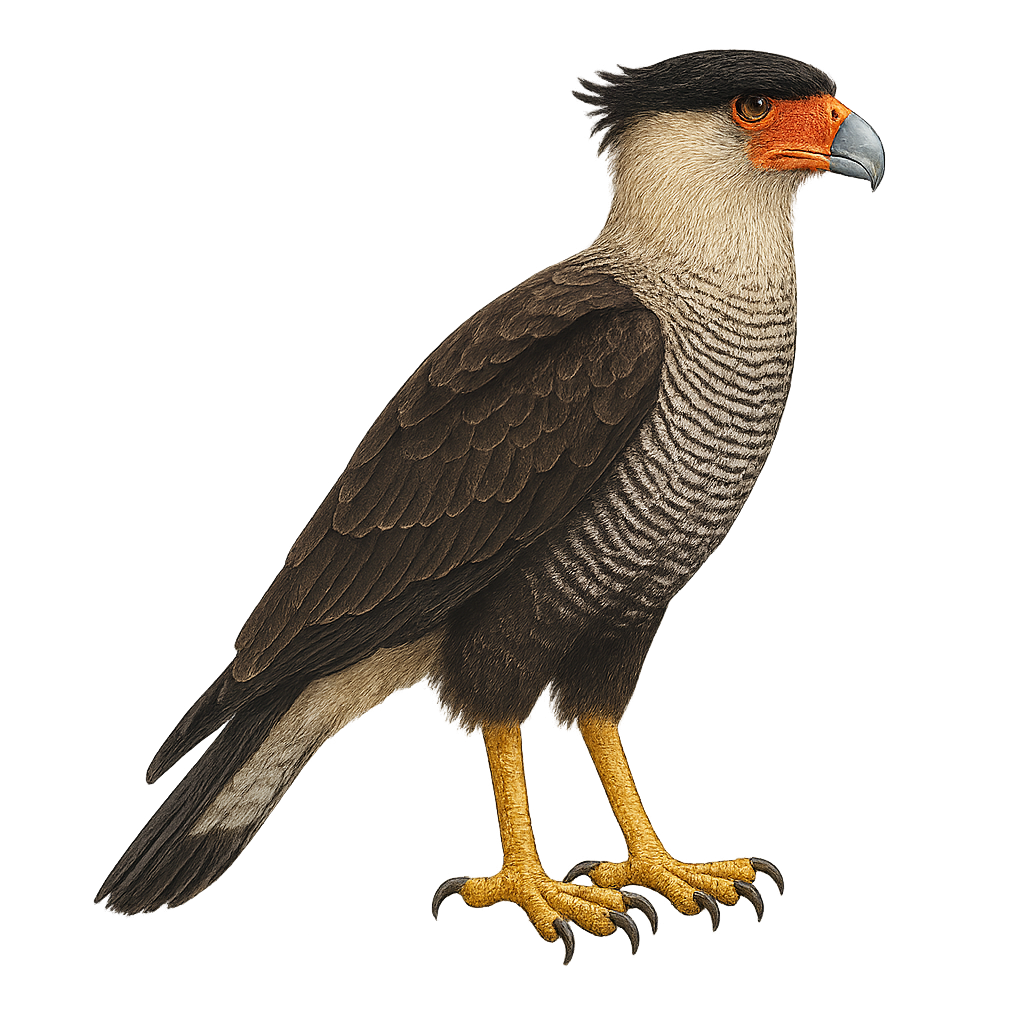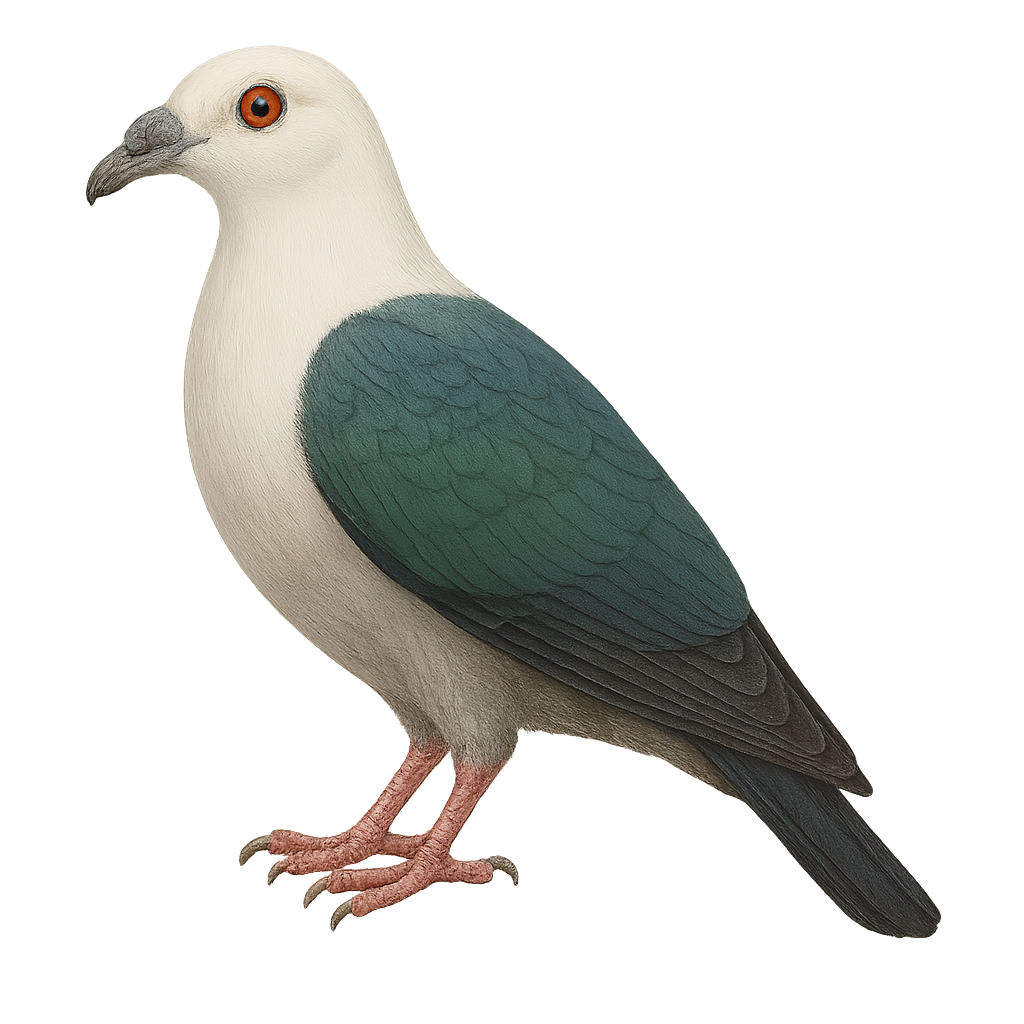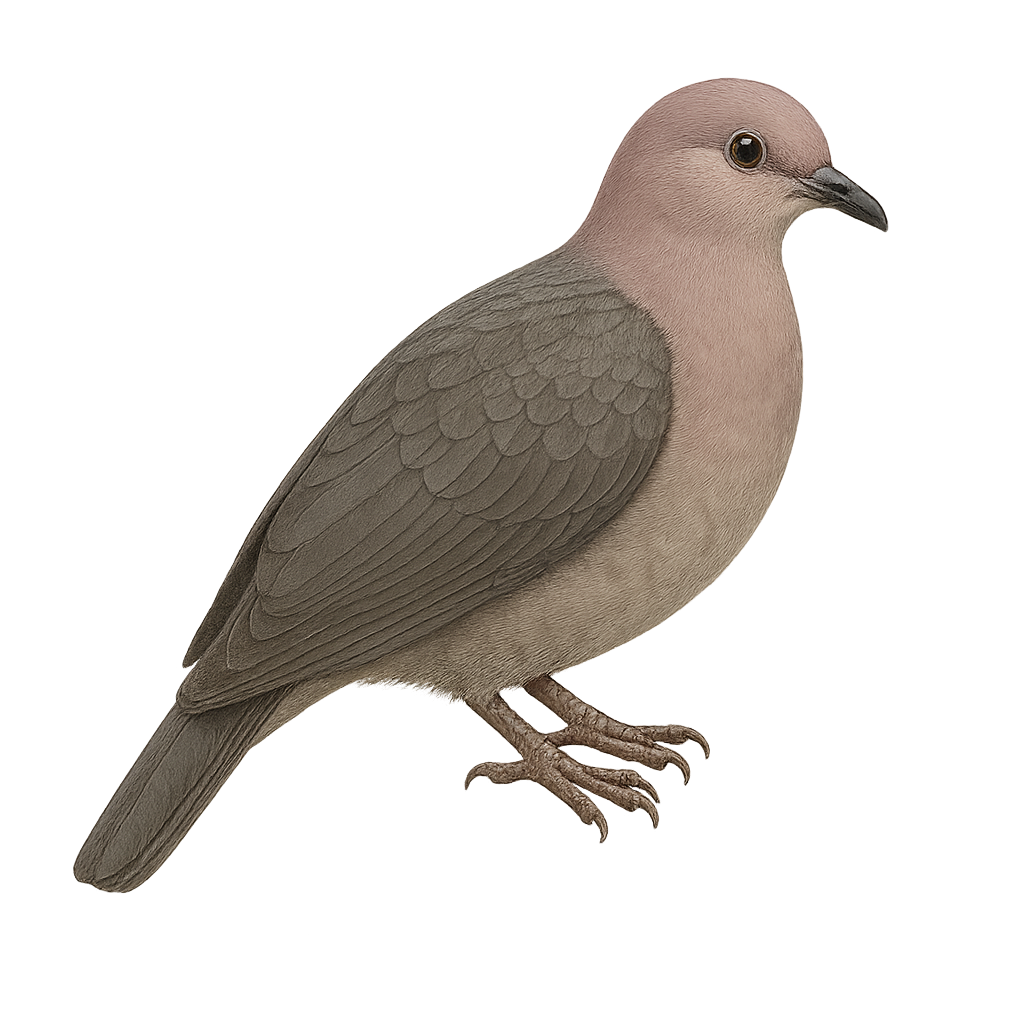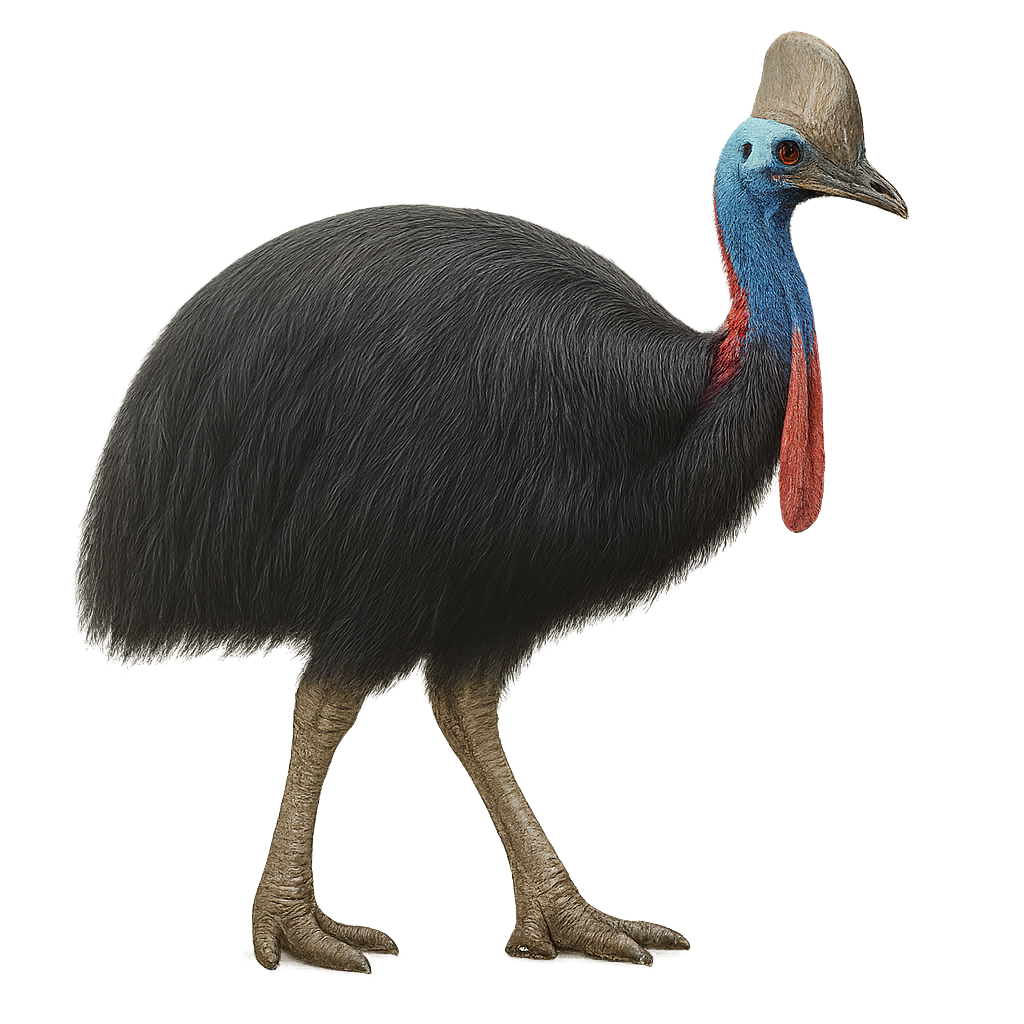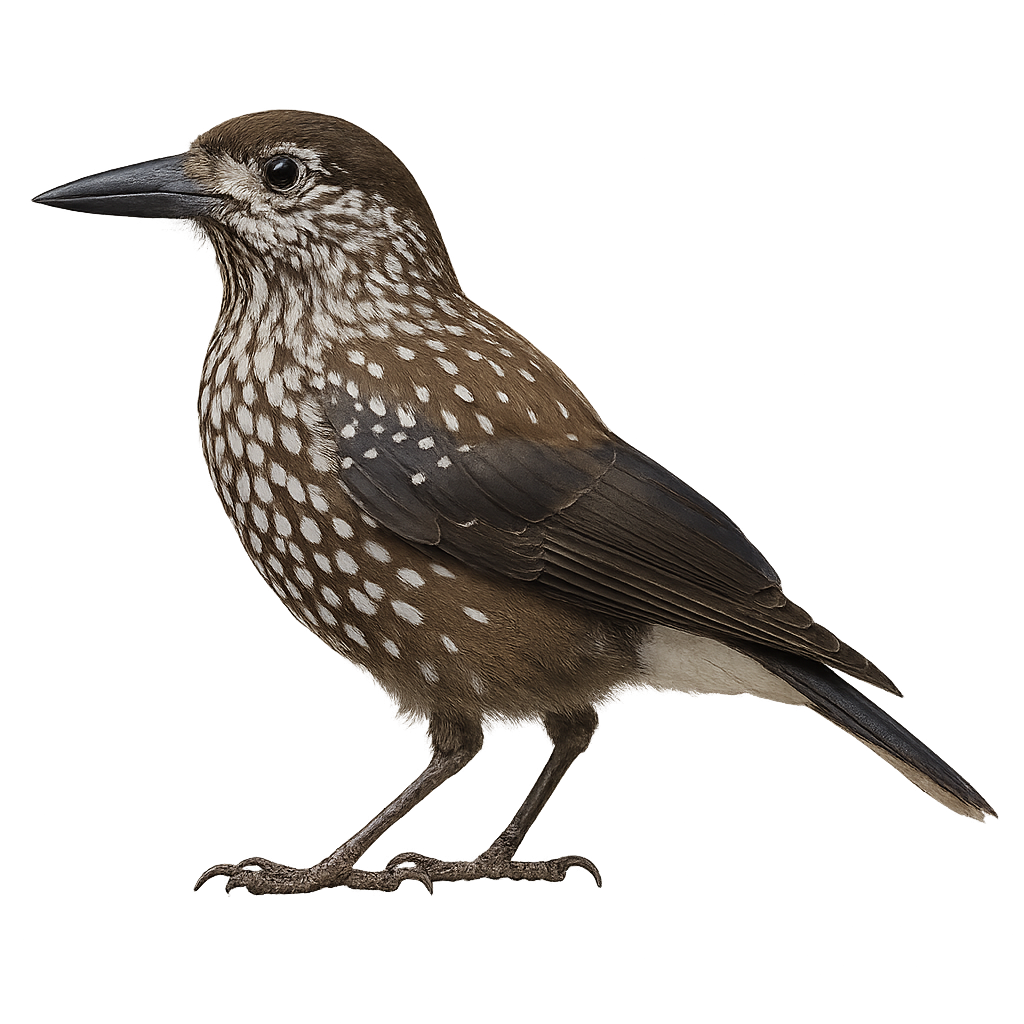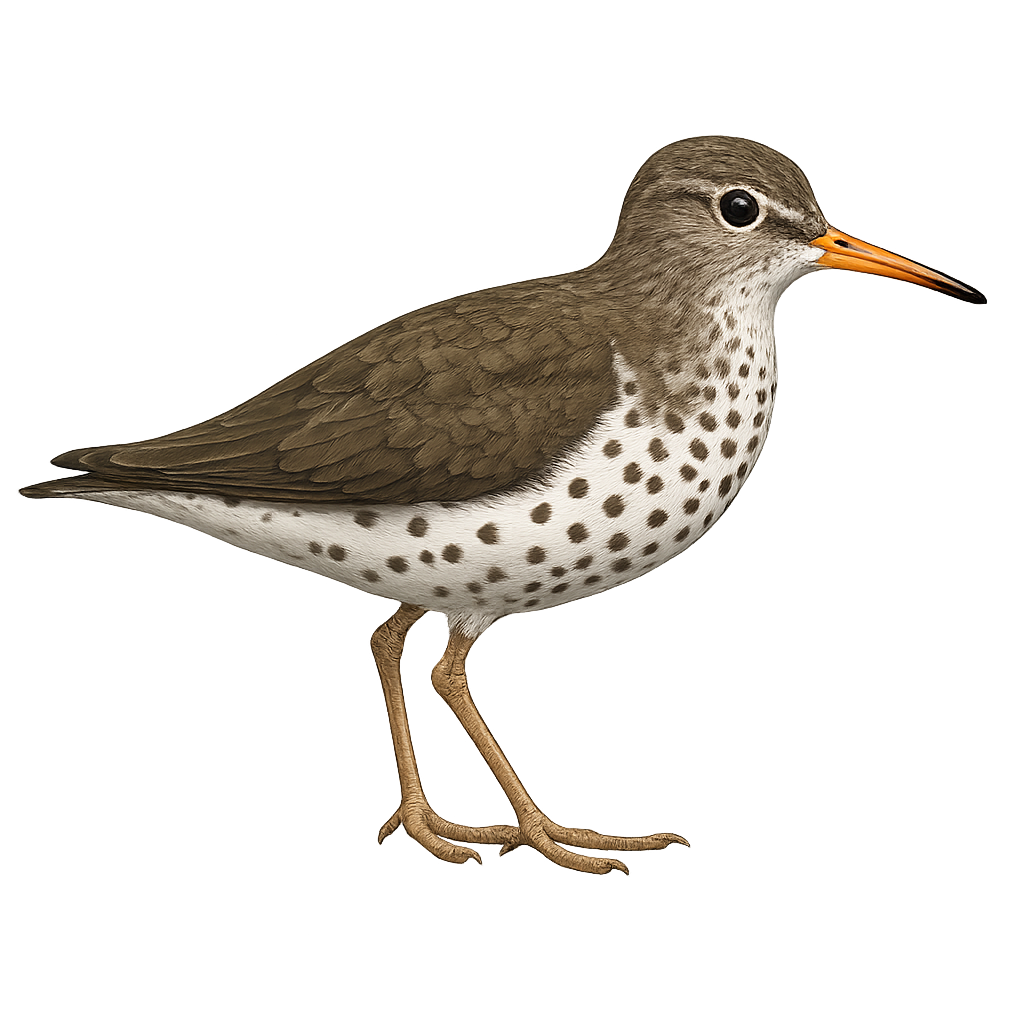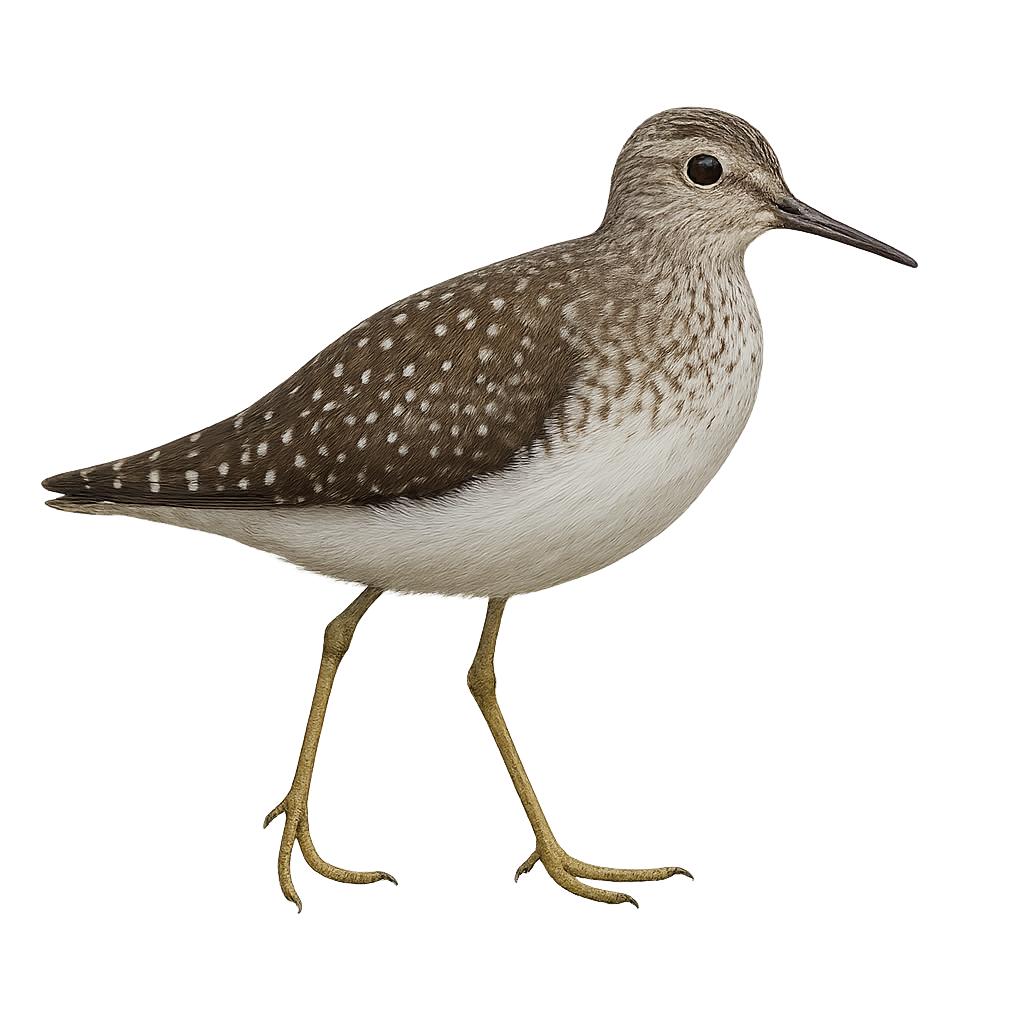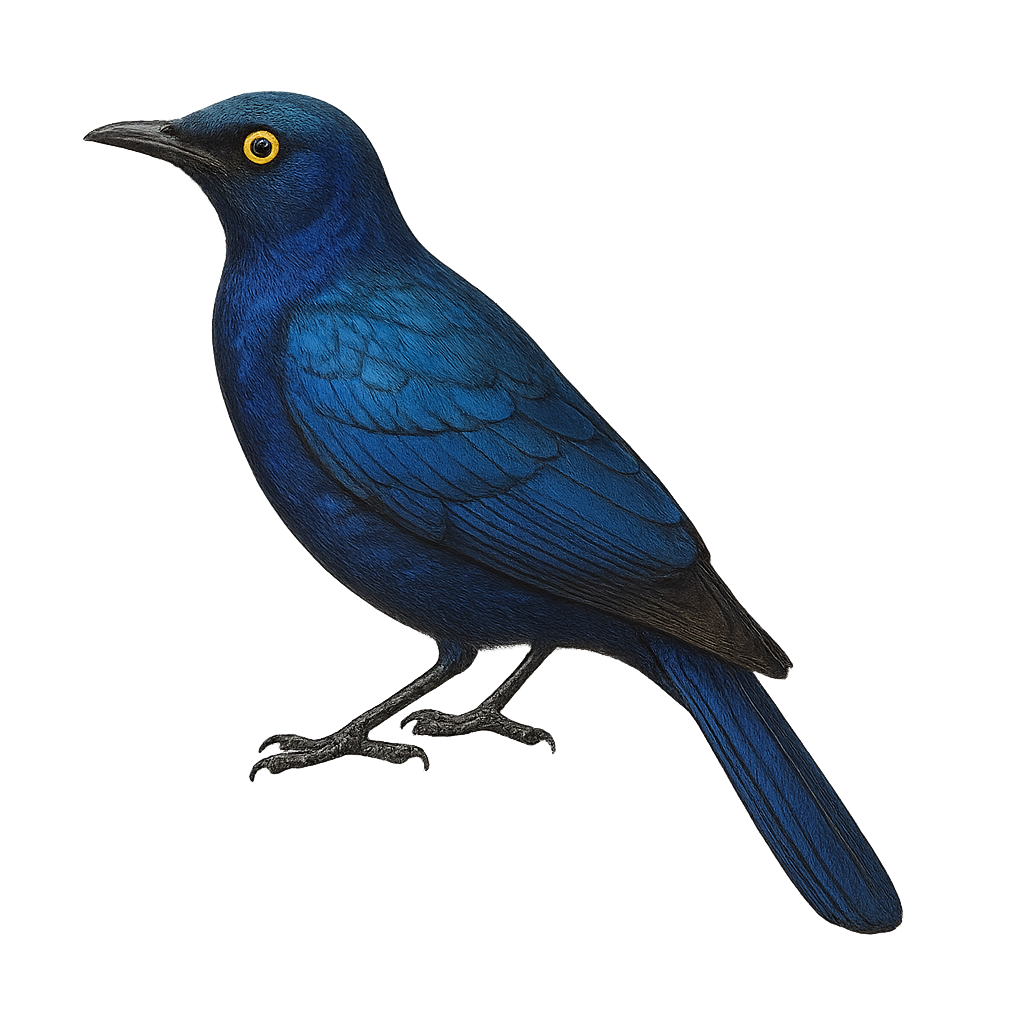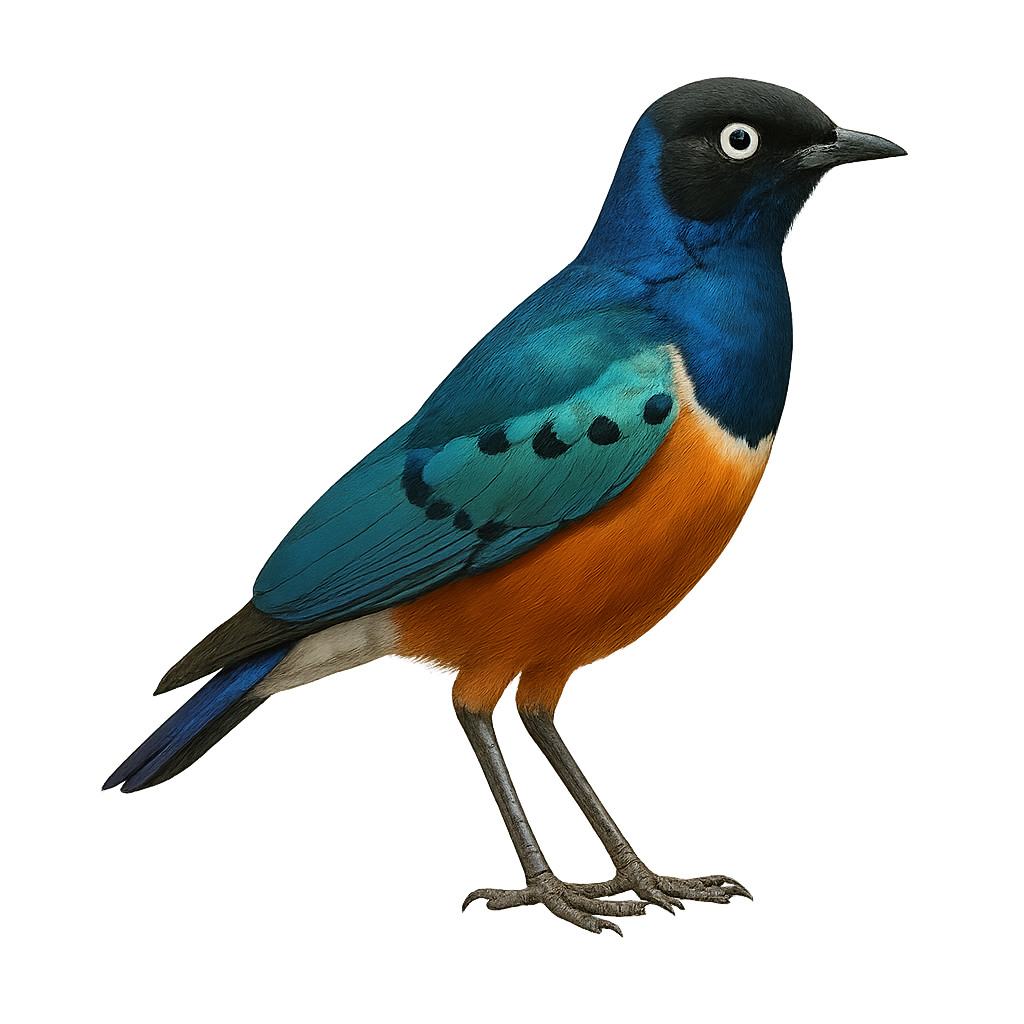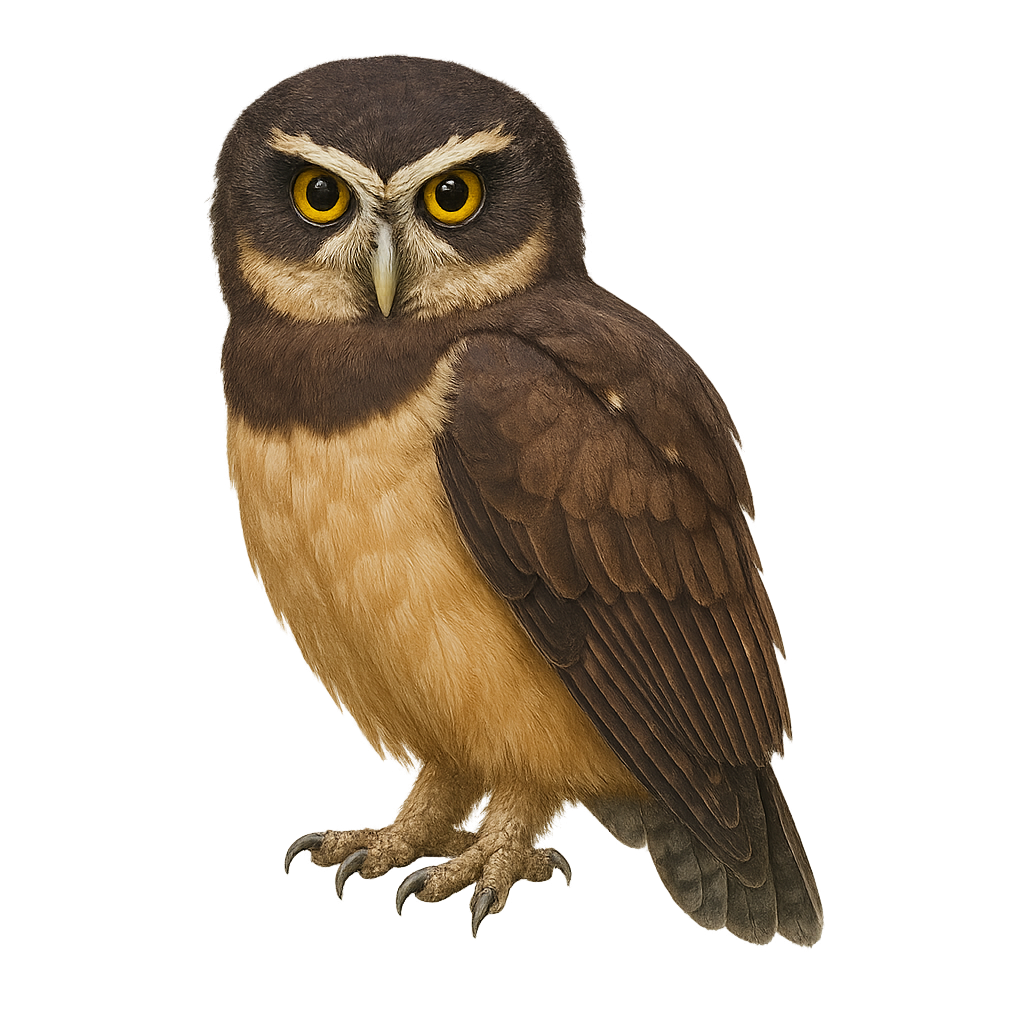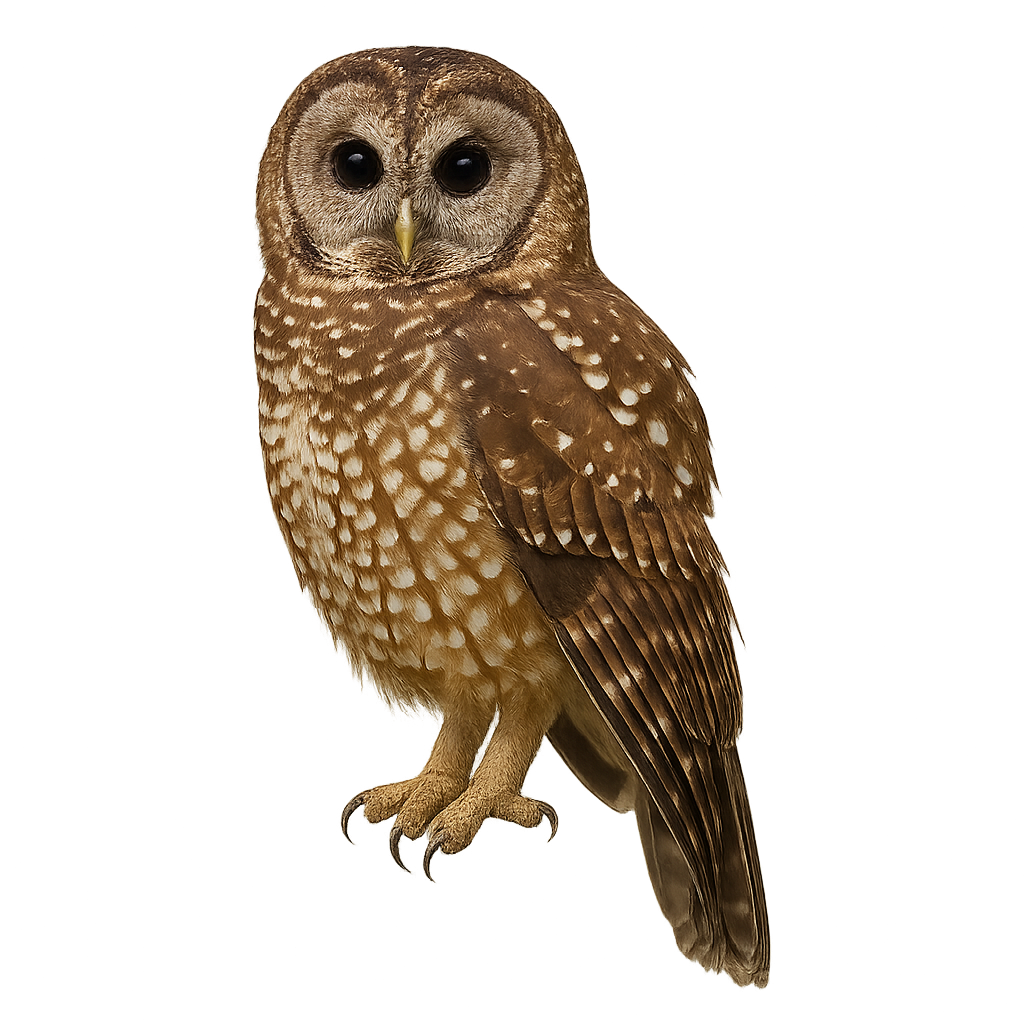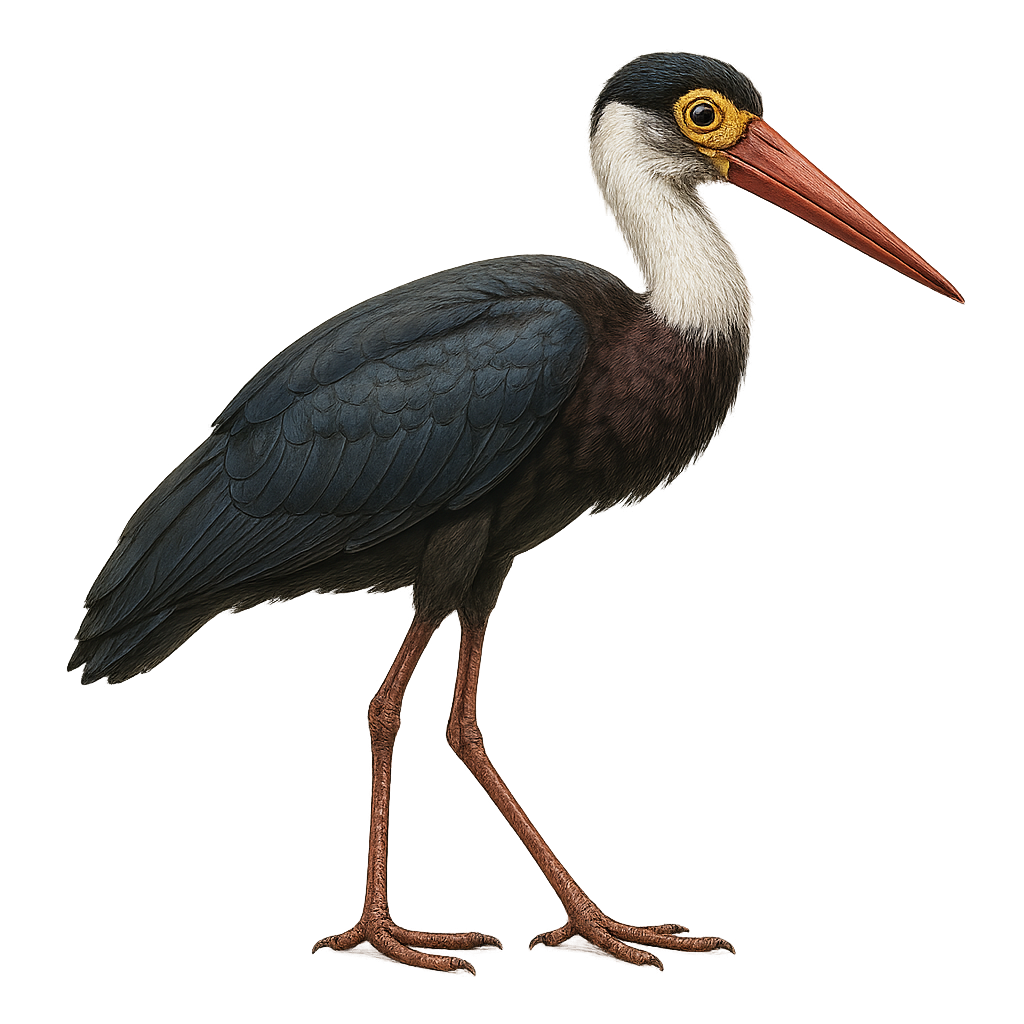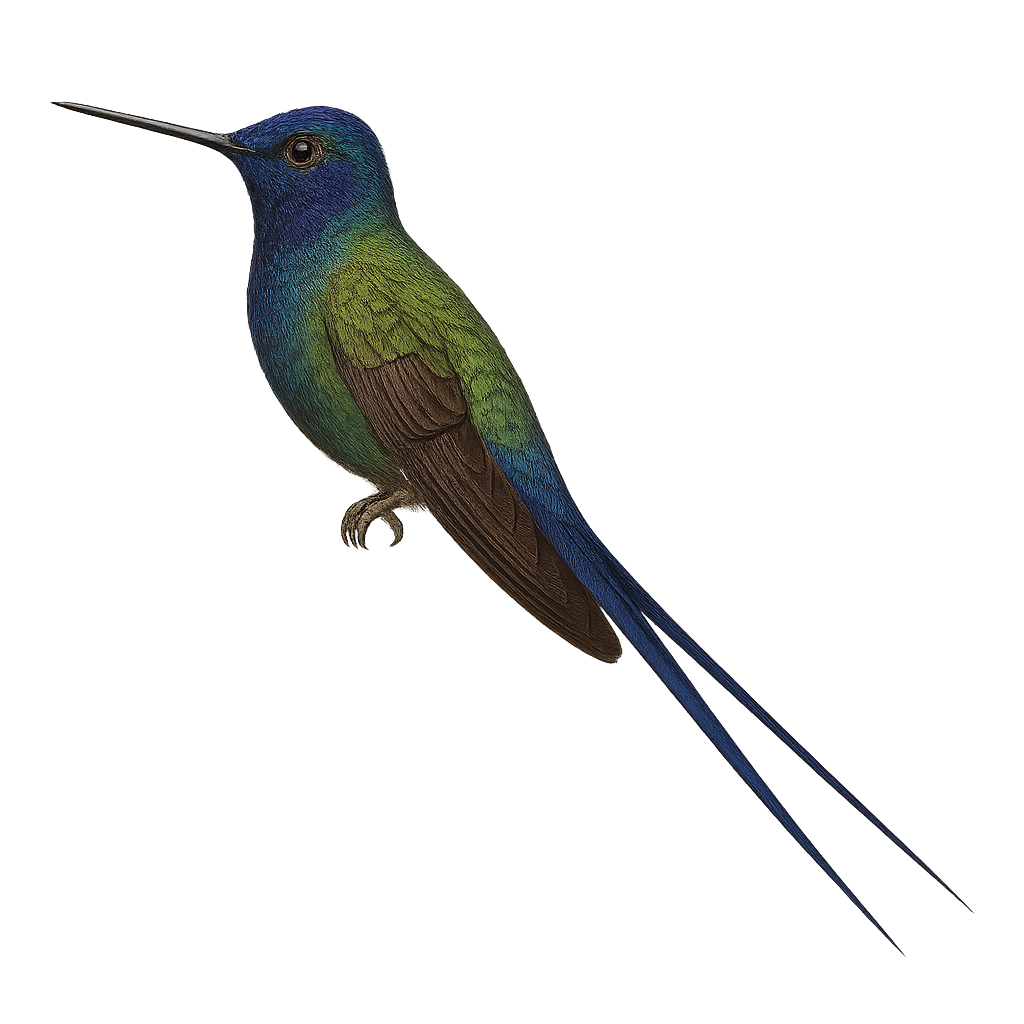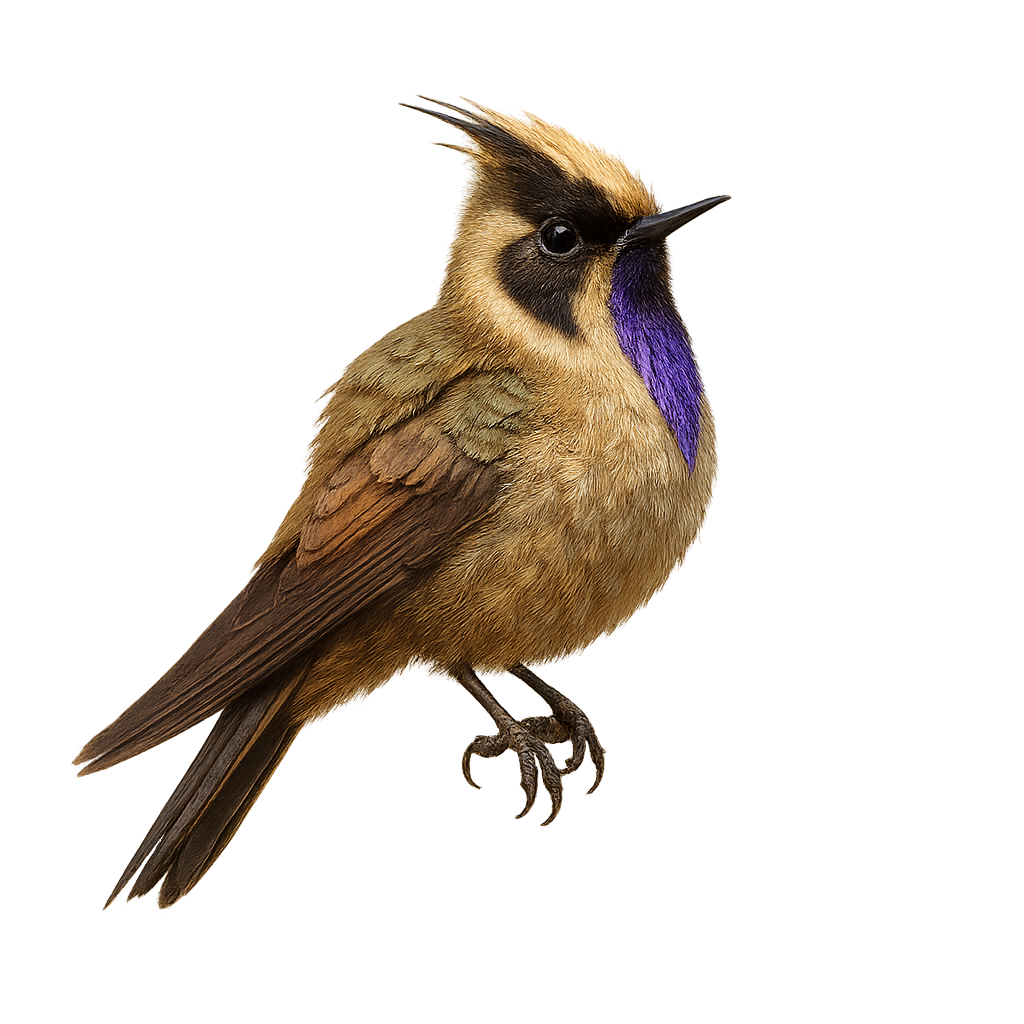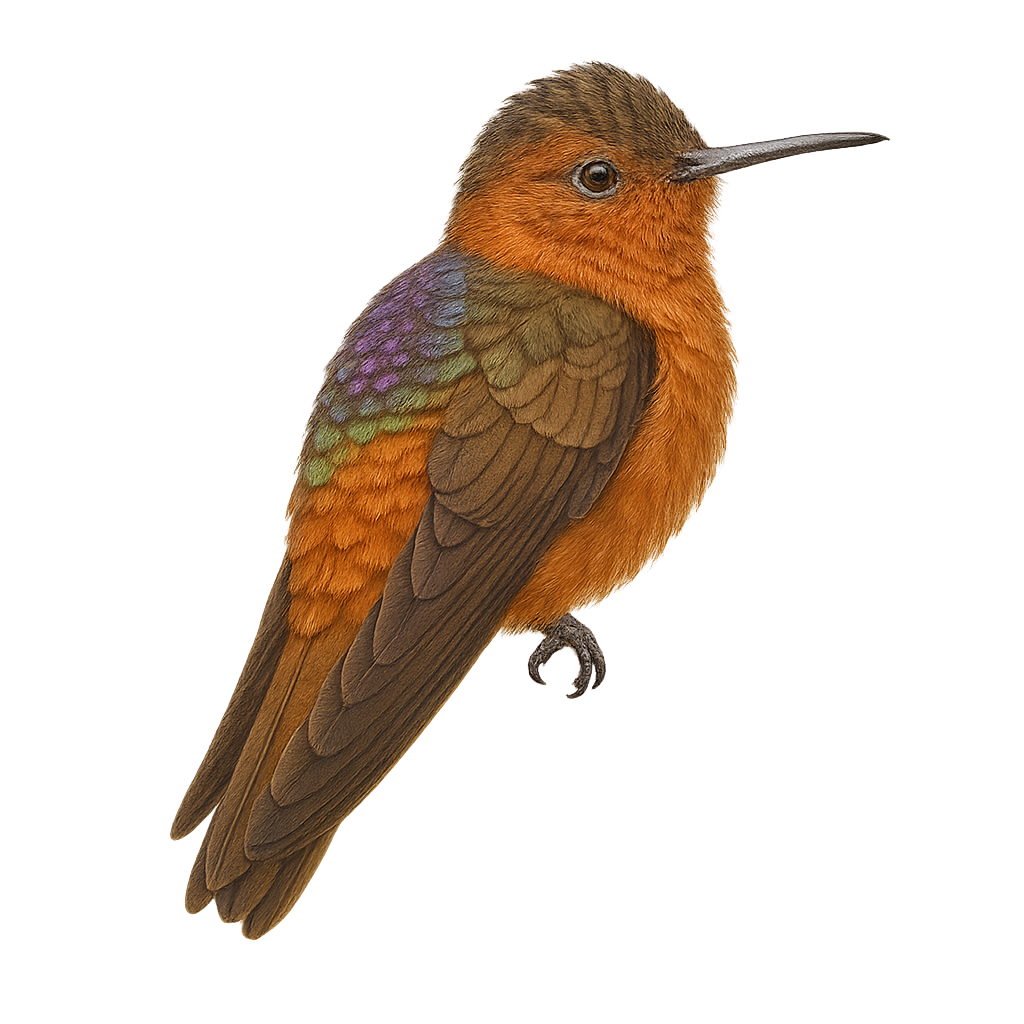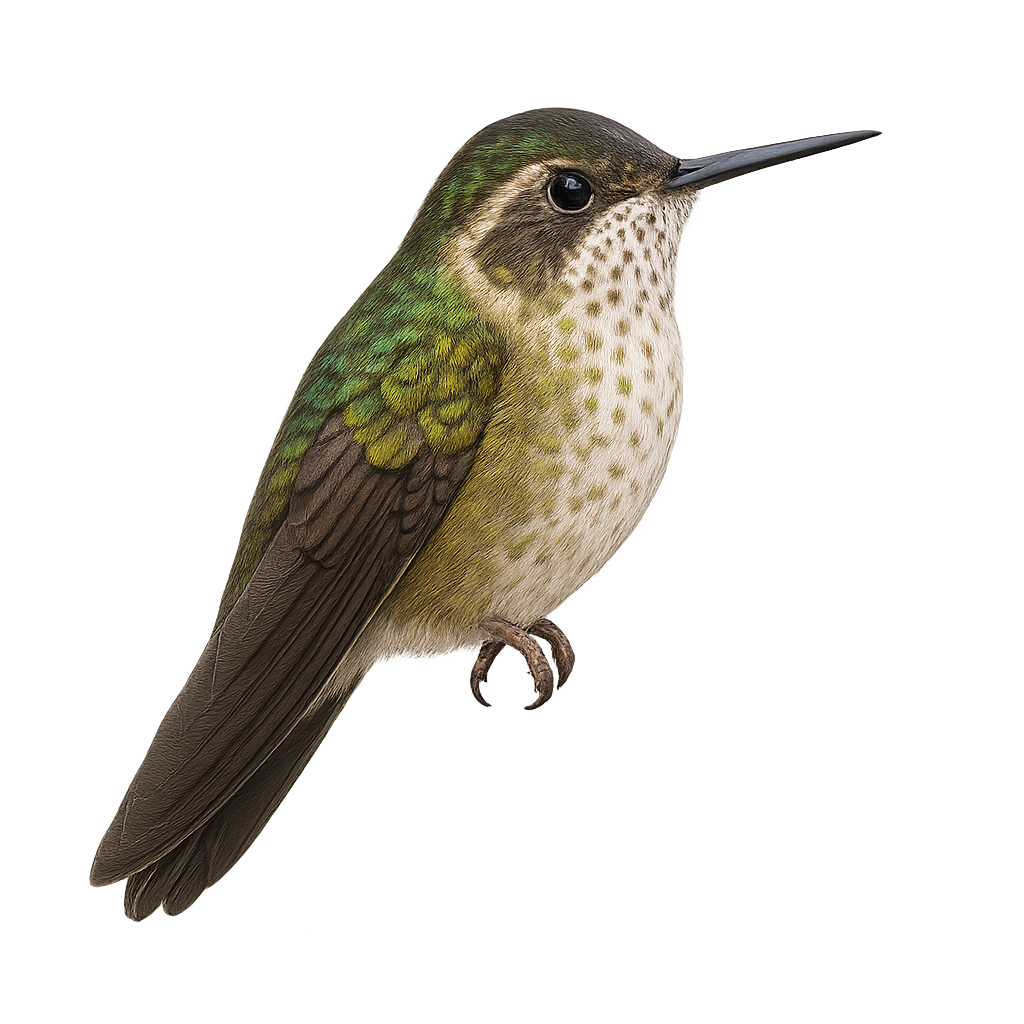The Sturm's Bittern, or Botaurus sturmii, is a rare and elusive bird belonging to the Ardeidae family. It is primarily found in the wetlands of Central and West Africa, where it skillfully camouflages itself among reeds and tall grasses. This medium-sized bittern has a streaked brown plumage that allows it to blend into its surroundings. It is most active at dusk and dawn, when it emits characteristic loud calls. Its population is difficult to estimate due to its secretive nature and often inaccessible habitat. Conservation of its natural habitats is crucial for its survival.
The Sulphur-crested Cockatoo, or Cacatua galerita, is a striking bird native to Australia and New Guinea. Easily identified by its vibrant yellow crest, it sports a pure white plumage. Measuring about 45 to 50 cm in length, it has a strong beak and piercing black eyes. Social and intelligent, it lives in flocks that can number in the hundreds. Its loud, harsh call is often heard in forests, savannas, and even urban areas. Opportunistic in nature, it feeds on seeds, fruits, and occasionally insects. While admired for its beauty and intelligence, it can be a pest in agricultural areas.
The Silvery-cheeked Hornbill, Bycanistes brevis, is a striking bird known for its large size and distinctive appearance. It features silvery cheeks and a massive bill topped with a casque. This hornbill is primarily black with white feathers on its wings and tail. It inhabits the tropical forests of East Africa, from southern Ethiopia to northern South Africa. Its diet mainly consists of fruits, but it also eats insects and small animals. The Silvery-cheeked Hornbill is a social bird, often seen in small groups. It plays a crucial role in seed dispersal, aiding forest regeneration. Although its conservation status is currently "Least Concern," deforestation poses a threat to its natural habitat.
The Tockus rufirostris, or Southern Red-billed Hornbill, is a fascinating bird from the Bucerotidae family. It is easily recognizable by its bright red bill and predominantly grey and white plumage. This bird is often observed in the savannas and open woodlands of southern Africa. Known for its social behavior and distinctive calls, the Southern Red-billed Hornbill primarily feeds on insects, fruits, and occasionally small reptiles. It plays an important role in the ecosystem by aiding in seed dispersal. During the breeding season, the female seals herself inside a tree cavity with mud to lay her eggs, leaving only a small opening for the male to feed her.
The Sulawesi Hornbill, or Rhabdotorrhinus exarhatus, is a medium-sized hornbill endemic to Sulawesi Island in Indonesia. It is recognized by its black-and-white plumage, ivory bill with a red casque, and the vivid coloration of its throat: orange in males and pale blue in females. This hornbill inhabits lowland and mid-elevation rainforests and is usually seen in pairs or small groups. It feeds mainly on fruits, but also consumes insects and small animals. The Sulawesi Hornbill is impacted by habitat loss but remains locally common in some protected areas.
The Southern Hornbill, also known as the Yellow-billed Hornbill, is a large tropical bird easily recognized by its large beak and distinctive casque. It measures about 55 cm in length and weighs between 130 and 150 g. Its plumage is primarily black and white, with characteristic yellow and orange hues on the beak and casque, giving it a striking appearance. The Southern Hornbill primarily inhabits forests and savannas in Southern Africa, notably in Namibia, South Africa, and Botswana. This bird is omnivorous, feeding on fruits, insects, small reptiles, and occasionally small mammals. It is known for its social behavior, often living in small groups or families. Although the species is not currently endangered, it can be vulnerable to habitat loss due to agriculture and deforestation.
The Spangle-cheeked Tanager, or Tangara dowii, is a small bird of Central American highland rainforests, notable for its dazzling plumage of turquoise blue, vivid green, and deep black, with metallic reflections. It is mainly found in Costa Rica and western Panama, inhabiting humid mountain forests. This species feeds on fruits, nectar, and insects, often moving in active mixed flocks in the canopy. Though shy, its brilliant colors make it a favorite among birdwatchers and photographers. Its population is generally stable, though local deforestation may pose a threat.
The Spectacled Duck, or Speculanas specularis, is a waterfowl species native to the southern regions of South America, primarily in Chile and Argentina. This duck is characterized by its dark brown plumage with metallic green sheen on the wings and a distinctive white ring around its eyes, giving it its name. It inhabits lakes, rivers, and marshes, often at high altitudes. Although relatively tolerant, it remains cautious around humans. Its population is stable, but it is sensitive to habitat disturbances. The Spectacled Duck is an excellent diver, feeding mainly on aquatic plants and invertebrates.
The Scaly-breasted Munia, or Lonchura punctulata, is a small granivorous bird native to South and Southeast Asia. It is easily recognizable by its brown plumage with scaly patterns on the chest and belly. Measuring about 11 to 12 cm in length, this bird is often seen in flocks in fields, gardens, and grassy areas. It adapts well to human-modified environments, allowing it to thrive in both urban and rural areas. The Scaly-breasted Munia is a sociable bird, often seen feeding in groups. It primarily feeds on seeds but can also consume small insects. Its ability to adapt to various habitats and its gregarious behavior make it a fascinating bird to observe.
The Southern Caracara, also known as the Carancho, is a medium-sized raptor belonging to the Falconidae family. It is easily recognizable by its bare head and dark brown plumage with lighter shades on the neck and chest. This opportunistic scavenger primarily feeds on carcasses but does not hesitate to hunt small animals or steal food from other birds. It is mainly found in open grasslands, savannas, and agricultural areas of South America, particularly in Argentina, Brazil, and Uruguay. The Southern Caracara is a diurnal bird, often seen soaring at low altitudes in search of food. Although often solitary, it can be seen in small groups around carcasses.
The Slate-colored Grosbeak is a medium-sized bird, identifiable by its predominantly slate-gray plumage and robust, thick beak, perfect for cracking seeds. It primarily inhabits the humid tropical forests of Central and South America, where it feeds on fruits, seeds, and insects. This bird is often seen in pairs or small groups, moving through the canopy in search of food. Although its song is melodious, it is often discreet and difficult to observe due to its suspicious behavior. Its presence is an indicator of the health of tropical forests, as it relies on these habitats for survival.
The Spice Imperial Pigeon, or Ducula myristicivora, is a large pigeon species endemic to the Maluku Islands in Indonesia. It is distinguished by its elegant plumage, primarily gray with metallic green hues on the wings and back. Its robust beak is adapted to its diet, which mainly consists of fruits, especially nutmeg, from which it derives its scientific name. It plays a crucial role in seed dispersal, contributing to the regeneration of tropical forests. This pigeon prefers dense forests and wooded areas, where it can move with agility thanks to its powerful wings. Although its conservation status is concerning due to deforestation, it remains relatively common in its natural habitat.
The Sumba Imperial Pigeon, Ducula lacernulata, is a medium-sized bird endemic to the island of Sumba in Indonesia. It is recognized for its elegant plumage, predominantly grey with iridescent hues on the neck and wings. Its head is lighter, contrasting with its bright red eyes. It primarily inhabits the island's tropical rainforests and wooded areas. Although its habitat is limited, it adapts well to secondary forests. This pigeon mainly feeds on fruits, playing a crucial role in seed dispersal. Unfortunately, deforestation and hunting have reduced its populations, classifying it as vulnerable by the IUCN. Preserving its habitat is vital for its survival.
The Southern Cassowary, Casuarius casuarius, is a large and fascinating bird native to the tropical forests of New Guinea, Australia, and surrounding islands. It is distinguished by its glossy black plumage, striking blue head, and unique horned casque. This casque, which can reach 18 cm in height, is used to navigate through dense vegetation. Cassowaries are solitary and territorial birds, known for their shy behavior. They primarily feed on fallen fruits but can also consume small animals and fungi. Their ecological role is crucial as they disperse seeds of many plant species. Although capable of running at high speeds and swimming, they are threatened by habitat loss and vehicle collisions.
The Spotted Nutcracker is a medium-sized bird, easily recognizable by its spotted black and white plumage, which helps it blend perfectly into the coniferous forests where it lives. This passerine is primarily found in the mountainous regions of Europe and Asia, where it mainly feeds on pine seeds and other fruits, which it hides in tree crevices to consume later, a behavior that makes it an excellent food gatherer. The Spotted Nutcracker is also a migratory bird, although it may sometimes remain in colder areas during the winter.
This crow is known for its great intelligence and curious behavior, and it plays a crucial role in the ecosystem by dispersing tree seeds, thus promoting forest regeneration. While the population of this bird is generally stable, it may be threatened by the destruction of forest habitats, particularly in areas where coniferous forests are reduced by logging.
The Sunbittern is a medium-sized bird, about 43 cm long, known for its striking wing patterns that resemble eyespots. When threatened, it fans out its wings like a butterfly or stylized sun to startle predators. It has a long beak, slender neck, and thin legs adapted to walking along rivers and streams. Found in Central and South America, it inhabits shaded riverbanks and humid forests at moderate elevations. Solitary and elusive, it feeds on small fish, aquatic insects, and invertebrates. While not currently endangered, it is vulnerable to habitat loss and water pollution.
The Spotted Sandpiper, Actitis macularius, is a small shorebird belonging to the Scolopacidae family. It is easily identified by its olive-brown upperparts and white underparts, speckled with dark spots during the breeding season. This bird frequents the shores of rivers, lakes, and ponds, where it feeds mainly on aquatic insects and small crustaceans. Known for its distinctive tail-bobbing behavior, it breeds in North America and migrates to Central and South America for the winter. Its adaptability to various aquatic habitats makes it a resilient species, although habitat degradation poses a potential threat.
The Solitary Sandpiper, Tringa solitaria, is a medium-sized shorebird, measuring about 20 to 23 cm in length. Its plumage is mainly dark brown above with white spots, while the underside is white. It is distinguished by its long green legs and straight, thin bill. This bird is often seen alone, as its name suggests, and frequents wetlands, marshes, and riverbanks. It is migratory, spending its summers in North America and winters in Central and South America. The Solitary Sandpiper is known for its fast, direct flight, often accompanied by sharp calls.
The Splendid Starling, or Lamprotornis splendidus, is a bird renowned for its iridescent plumage with metallic hues of blue, green, and violet. This medium-sized passerine, measuring about 22 to 24 cm in length, is commonly found in sub-Saharan Africa, particularly in savannas and open forests. Its black beak and yellow eyes stand out against its vibrant feathers. Sociable by nature, it lives in groups and primarily feeds on insects, fruits, and seeds. Its song is melodious, consisting of whistles and trills. The Splendid Starling is a resilient bird, capable of adapting to various environments, allowing it to thrive in diverse habitats.
The Superb Starling is a striking bird with a metallic blue plumage, bright orange belly, and white chest. It measures about 18 to 19 cm in length. This bird is commonly found in East Africa, particularly in Kenya and Tanzania, where it inhabits savannas, woodlands, and urban gardens. Known for its social behavior and melodious songs, Superb Starlings live in groups and are often seen foraging on the ground for insects, fruits, and seeds. Their nests are usually built in bushes or hollow trees.
The Spectacled Owl, or Pulsatrix perspicillata, is a medium-sized nocturnal raptor known for its distinctive white facial markings that resemble spectacles. It has dark brown plumage with a white chest and cream-colored belly. Found primarily in the dense tropical forests of Central and South America, this species is recognized by its deep, resonant "hoo-hoo" call. It primarily feeds on small mammals, birds, and insects. The Spectacled Owl is a solitary and territorial bird, often seen perched on low branches while hunting for prey.
The spotted owl is a nocturnal owl native to the dense forests of the western United States and Mexico. It is recognizable by its spotted brown plumage, large dark eyes, and round face. It primarily feeds on small mammals, birds, and insects, hunting at night. Threatened by habitat loss, it is protected in certain regions.
The Storm's Stork, or Ciconia stormi, is a rare species of stork found primarily in the tropical rainforests of Borneo and Sumatra. It is distinguished by its black and white plumage, reddish beak, and long legs. This stork is particularly elusive and difficult to observe, making its study complex. It feeds mainly on fish, frogs, and insects, which it captures in shallow waters. Habitat destruction poses a major threat to its survival, and it is currently classified as critically endangered by the IUCN. Conservation efforts focus on protecting its habitats and raising awareness among local populations.
The Short-toed Snake Eagle is a large diurnal raptor, easily recognized by its white and light gray plumage, powerful beak, and large, wide, rounded wings. It is primarily found in open areas, steppes, light forests, and hills across Europe, North Africa, and the Middle East. This raptor is distinguished by its unique hunting habits: it feeds almost exclusively on snakes, which it spots using its keen eyesight.
The Short-toed Snake Eagle mainly preys on snakes, including vipers and grass snakes, which it captures by attacking them in flight or grabbing them on the ground. Once it has captured its prey, it kills it with a powerful beak strike before devouring it. Due to its specialized diet, it is often seen in habitats where snake populations are abundant. Although its population remains relatively stable, it is threatened by habitat loss, human disturbance, and illegal hunting in certain regions.
The Scissor-tailed Hummingbird, or Hylonympha macrocerca, is a hummingbird species endemic to Venezuela, specifically the Sierra de San Luis region. This small bird is recognizable by its long, scimitar-shaped tail, giving it an elegant and unique appearance. Its plumage is primarily emerald green with metallic sheens, while its throat displays a striking violet hue. Males and females exhibit notable differences, particularly in tail length, which is more pronounced in males. This hummingbird primarily inhabits humid forests and mountainous areas, where it feeds mainly on nectar, but also on small insects. Unfortunately, this species is considered vulnerable due to deforestation and the loss of its natural habitat.
The Stübel's Hummingbird, or Oxypogon stuebelii, is a hummingbird species endemic to the Colombian Andes. This small bird is notable for its striking crest and white facial feathers that form a beard-like appearance. Its plumage is primarily metallic green, with iridescent highlights that catch the sunlight. It inhabits the páramos, high-altitude ecosystems characterized by cool temperatures and strong winds. The Stübel's Hummingbird feeds mainly on nectar, which it gathers by hovering from flower to flower, but it also supplements its diet with small insects. Although its habitat is relatively restricted, it is well adapted to the harsh mountain conditions.
The Shining Sunbeam, Aglaeactis cupripennis, is a captivating bird from the Trochilidae family. It is primarily found in the Andes, inhabiting humid forests and shrublands at altitudes ranging from 1800 to 3200 meters. This hummingbird is notable for its coppery-winged sheen and brownish plumage, which help it blend into its surroundings. It primarily feeds on nectar, using its long, slender bill, but also consumes small insects to supplement its diet. Although generally suspicious in behavior, it can occasionally be tolerant of discreet observers.
The Speckled Hummingbird, or Adelomyia melanogenys, is a small, captivating bird belonging to the Trochilidae family. It is primarily found in the mountainous regions of South America, particularly in the Andes. This hummingbird is distinguished by its green and brown plumage with speckled patterns, giving it a unique appearance. Its modest size, typically around 8 to 9 cm, makes it agile and swift in flight. It primarily feeds on nectar but also consumes small insects to supplement its diet. The Speckled Hummingbird is often seen in humid forests and wooded areas, where it plays a crucial role in pollinating local plants.
The Scintillant Hummingbird is one of the smallest birds in the world, measuring about 6.5 cm in length. The male has bronze-green upperparts, a bright reddish-orange throat, and a rufous tail with black bars. The female is more subdued, with a buffy throat spotted with green and rufous flanks. This species is endemic to Costa Rica and western Panama, inhabiting forest edges, coffee plantations, and gardens between 900 and 2500 meters elevation. It feeds primarily on nectar from small flowers, such as sages, and supplements its diet with small insects for protein. Although listed as Least Concern, deforestation could threaten its habitats.
The Scitulus Hummingbird is a fascinating bird known for its small size and vibrant colors. It primarily inhabits tropical and subtropical forests, playing a crucial role in plant pollination. Its iridescent plumage, ranging from emerald green to deep blue, makes it easily recognizable. This hummingbird is particularly agile in flight, capable of rapid and precise movements to access flower nectar. It primarily feeds on nectar but also consumes small insects to supplement its diet. The Scitulus Hummingbird is a solitary bird, except during the breeding season when it becomes more territorial.


